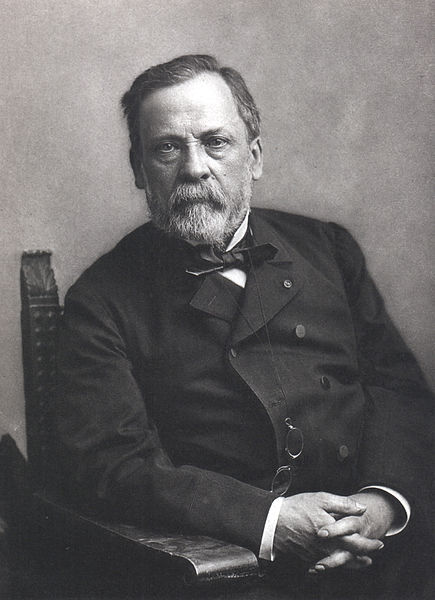Pasteurization is a heat treatment that involves heating a food for a period of time in order to destroy a large number of microorganisms likely to cause it to deteriorate rapidly, resulting in certain diseases.
Some foods may be a suitable environment for the growth of certain unwanted microorganisms. Their proliferation can spoil food or be a danger to our health. Some foods are more susceptible to this bacterial growth; this is the case, among others, for milk, fruit juices, honey, and jams. Pasteurization of these foods helps to counter the development of microorganisms. Most of these cannot survive high temperatures.
Pasteurization therefore consists in heating a food for a certain time to destroy as many dangerous bacteria as possible while preserving the food quality. The temperature and the heating time vary depending on the type of food. For example, milk is pasteurized at 72 °C for at least 15 seconds while honey is heated at 78 °C for 5 to 6 minutes. Foods are subsequently qualified as pasteurized (pasteurized milk and pasteurized honey, for example).
Cream Pasteurization Plant
Pasteurization offers three advantages compared to other food preservation processes (such as irradiation, microfiltration, sterilization, etc.).
-
It makes it possible to offer foods that are less dangerous for health. Pathogenic bacteria (which can cause disease) cannot survive when exposed to too high a temperature.
-
It prolongs the preservation time of food since it is no longer subjected to the action of harmful bacteria. We can therefore transport food over longer distances and limit the economic losses due to its degradation.
-
It preserves the nutritional properties of food. Pasteurization has very little effect on the appearance, taste, and nutritional value of foods.
Even if a food has been pasteurized, it is still important to refrigerate it. Indeed, pasteurization does not destroy all the microorganisms that can develop in a food, though it destroys most of them. Accordingly, to slow down the growth of remaining microorganisms, their temperature must be reduced, which is possible through refrigeration.
Pasteurization is named after the French biologist and chemist Louis Pasteur who identified, in 1863, the bacteria responsible for transforming wine into vinegar, and discovered that this bacteria could not withstand exposure to heat. Pasteur therefore developed the first pasteurization process which consisted in heating the wine to increase its preservation time.

Don’t confuse pasteurization and sterilization. These two operations consist in heating a food in order to destroy microorganisms. However, the sterilization temperature is higher than that of pasteurization (around 150 ºC). Furthermore, sterilization changes the chemical integrity of food, which alters its physical appearance and taste.
